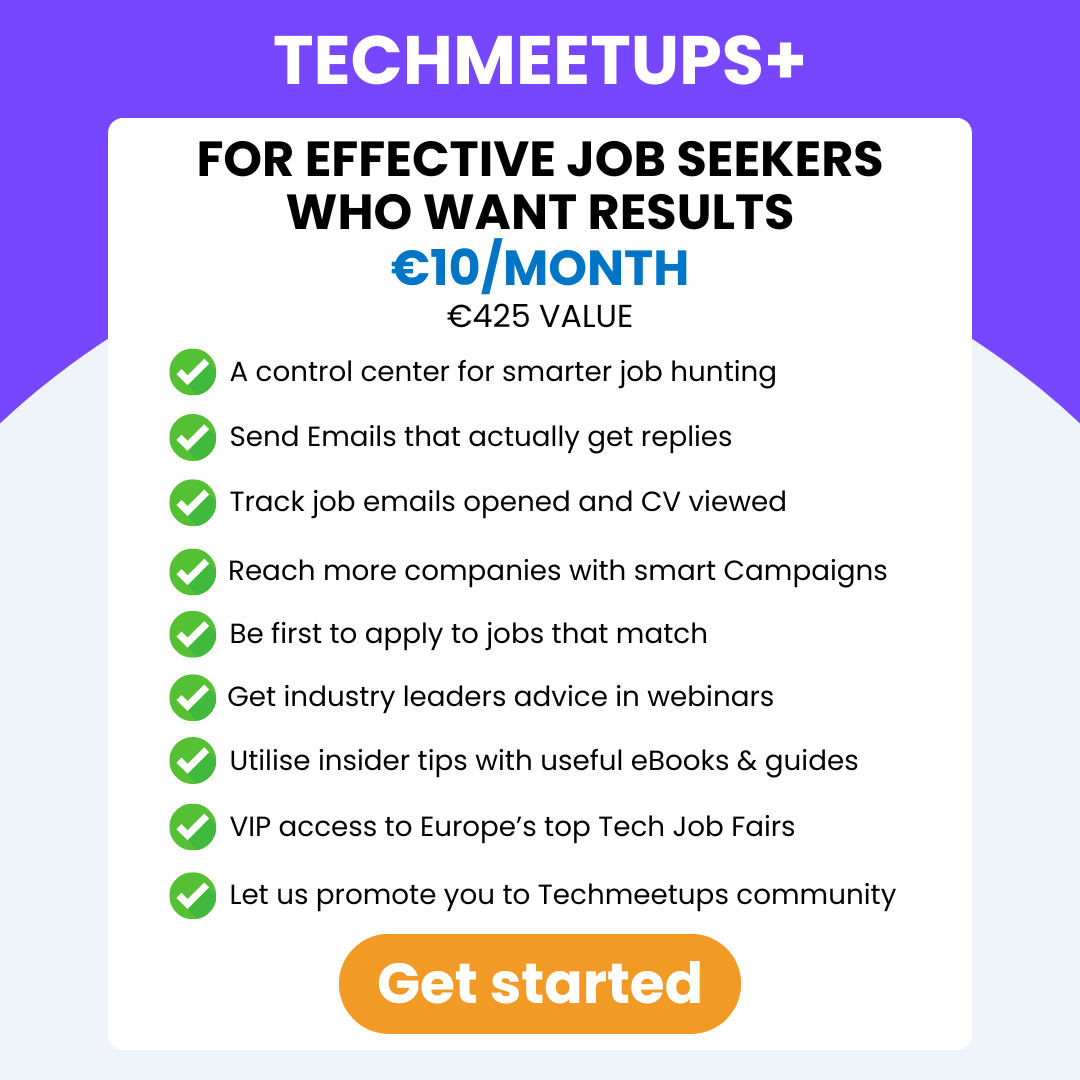Each year I have the honor of observing business trends as a keynote speaker and business advisor. For the fourth consecutive year, I am pleased to share the top business trends that leading companies embrace to drive success. Some trends are in their infancy, and others have become part of the mainstream. These patterns emerge regardless of company size. Feel free to take a look at my past predictions using the links at the bottom of the article.
Here are my predictions for the Top 10 Business Trends That Will Drive Success in 2017.
Subject matter experts who understand and can help guide the sales process drive growth in top performing B2B companies.
Consider three different buying personas: an order taker, a salesperson, and a subject matter expert (SME). The order taker merely takes an order, and provides a price and delivery schedule. That function can be easily performed by Amazon (often with better results).
Of the remaining two personas, which one would you want to encounter as a customer? Would you want the person with a mission to sell something to you, or the expert who you might be willing to pay to meet with because of their deep expertise?
 When I present these options to executives, they often resist the notion of meeting with a salesperson, but would willingly meet with the SME to gain insight.
When I present these options to executives, they often resist the notion of meeting with a salesperson, but would willingly meet with the SME to gain insight.
Whereas you can hire new salespeople right out of college, SMEs can be harder to scale. However, most organizations have a stable of SMEs who currently do not play a role in growing revenue. The best organizations offer integrity-based sales training to build a sales culture within the organization and empower the SMEs as keys to growth.
Businesses used to throw bodies at sales goals, and accepted that most of the people would fail. With SMEs, businesses place a premium on proper lead qualification and narrow focus on the right opportunities to make efficient use of scarce, yet highly effective resources. SMEs won’t tolerate wasting time pursuing bad opportunities.
2. Crowdfunding Validates New Products
When you think of crowdfunding, you might envision films or artisan leather wallets. To the surprise of many, globally crowdfunding is trending to surpass venture capital by the end of this year.
 According to crowdfunding and marketing expert Clay Hebert, “Smart companies are using crowdfunding to not only raise capital, but to validate products before making substantial investments in product development.”
According to crowdfunding and marketing expert Clay Hebert, “Smart companies are using crowdfunding to not only raise capital, but to validate products before making substantial investments in product development.”
Smith & Bradley, Ltd., a U.S.-based tactical watch manufacturer has launched seven Kickstarter campaigns to validate new designs for their line of watches. Five of the campaigns received market validation. The other two didn’t make the cut.
“When we wanted to produce our first watch, we used crowdfunding to raise the funds needed to go to market,” co-founder Ryan Bradley said. “What we didn’t realize was that we had also discovered a way to validate the market for a product before we went into production. Now, each new product idea has a crowdfunding component to validate the market. Based on the velocity or success of the crowdfunding effort, we shift our resources to meet market demand.”
Bradley still spends his days as an attorney, so staying focused on the right designs keeps their business operating at peak efficiency.
Big companies are capitalizing on this trend as well. GE Appliances created and funded FirstBuild, a “global co-creation community and microfactory” in Louisville, Kentucky to “harness the brainpower of the maker movement to change the way major home appliances are conceived, designed and manufactured.” FirstBuild uses crowdfunding to validate new home appliance product ideas. They’ve already successfully crowdfunded Opal, a nugget ice maker and Paragon, an induction cooktop, on Indiegogo, both of which you can now buy through their website.
Before launching Paragon, FirstBuild assumed the killer feature was sous vide, a popular method of immersion cooking at a specific temperature. But as they engaged their community, they found a significant group of passionate consumers who also wanted to improve how they cooked using other methods, from warming to deep-frying. So they pivoted to include these features in the product design, positioning and marketing. When they launched on Indiegogo, Paragon was almost 600% funded, raising over $360,000. More importantly, they validated the product with over 2,100 backers.
From watches to washing machines, using crowdfunding for product validation allows any company to engage and learn from a small and passionate user community earlier in the process, speeding up time to market, and reducing both the cost and risk of new product innovation.
As Hebert often reminds companies and startups, “The best focus group in the world is the market itself.”
Hebert offers a guide to determine if your idea is right for crowdfunding.
3. Sales And Content Marketing Become Fully Integrated
 As customers and buyers continue to do more online research, top performing organizations continue to integrate sales and content marketing. The goal is to ensure that when customers search for risks, challenges, and implementation strategies associated with your solutions, they will find your content to address their questions.
As customers and buyers continue to do more online research, top performing organizations continue to integrate sales and content marketing. The goal is to ensure that when customers search for risks, challenges, and implementation strategies associated with your solutions, they will find your content to address their questions.
When I purchased my Tesla, I did research online, and scheduled my test drive the same way. The Tesla consultant coordinated the test drive and helped me select the right options (in many cases talking me out of features I didn’t really need). I then completed the purchase form online using a tablet in their store in a shopping mall. Ultimately, I placed the final order via Internet browser, from home.
Tesla provided articles and videos to help educate me as a consumer, and build trust surrounding the purchase. Through its marketing, Tesla established an innovative brand that helped me conclude that they have a long-term vision and position for the company.
As Marcus Sheridan teaches, top companies engage their front-line sales teams to identify topics for content marketing, and the content marketing team helps sales professionals to effectively use content in the sales process.
The people at SalesMango also have an interesting take on this concept.
4. Video Becomes Essential
 According to a recent Forbes study, video is becoming a critical source of information for executives:
According to a recent Forbes study, video is becoming a critical source of information for executives:
• More than 80% said they are watching more online video today than they were a year ago.
• Three-quarters (75%) of executives surveyed said they watch work-related videos on business-related websites at least weekly; more than half (52%) watch work-related videos on YouTube at least weekly.
• Overall, 65% have visited a vendor’s website after watching a video.
Hubspot’s Consumer Behavior Survey confirms this trend. Over half (55%) of users say they consume an entire video, compared to 29% for blogs and 33% for interactive articles. If you want your entire message to be consumed, video tends to be the preferred medium.
Early in the days of television, advertisements were highly effective because the platform was relatively new. Using video to run ads today is a waste of effort. However, providing video as a source of valuable content to address issues or answer questions helps the consumer to feel like they know you better than if they had just read an article.
When you combine deliberate production with technology, video can provide great flexibility. Based on the user’s interests and other details you know about them, you could assemble a video on the fly addressing the user’s specific questions by pulling various snippets of video content. The video snippets are then assembled into one seamless video message.
Great original post by Ian Altman on Forbes
Read the rest at http://www.forbes.com/sites/ianaltman/2016/12/06/top-10-business-trends-that-will-drive-success-in-2017/2/#32d78cc94c03







